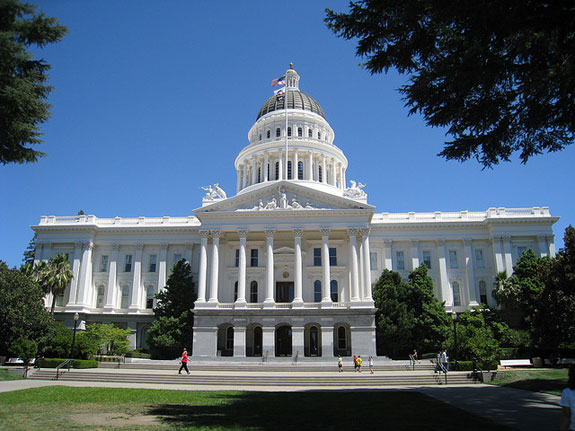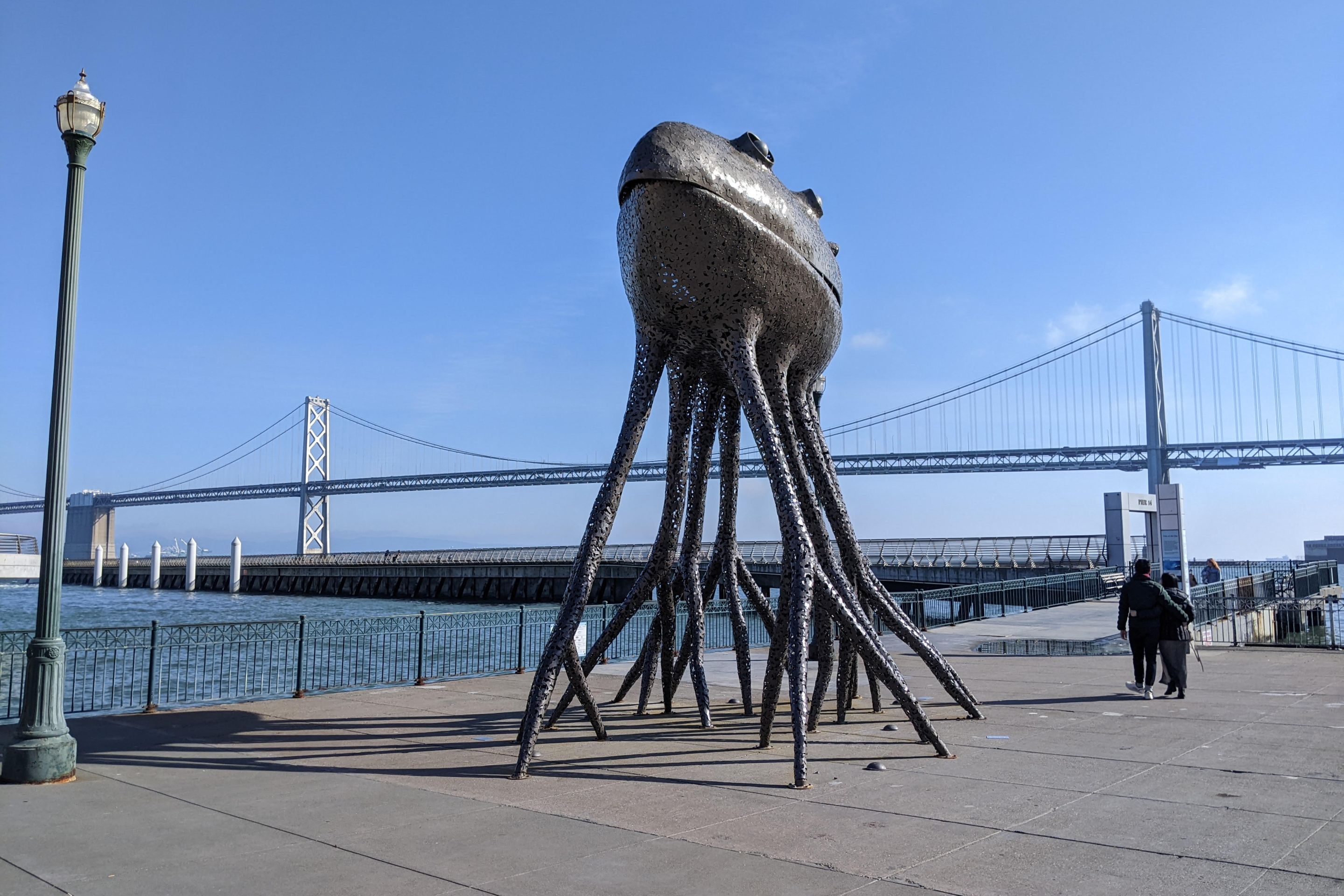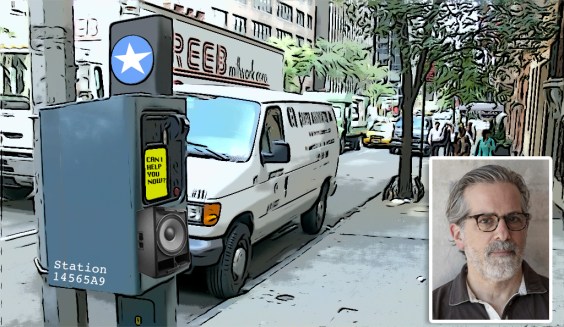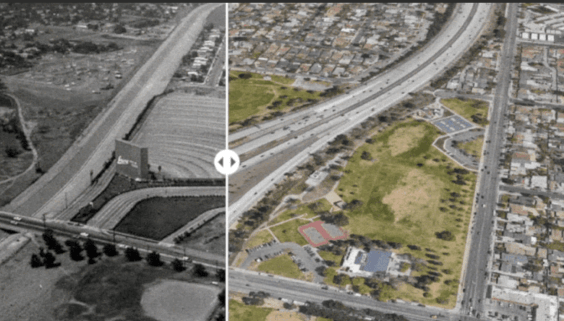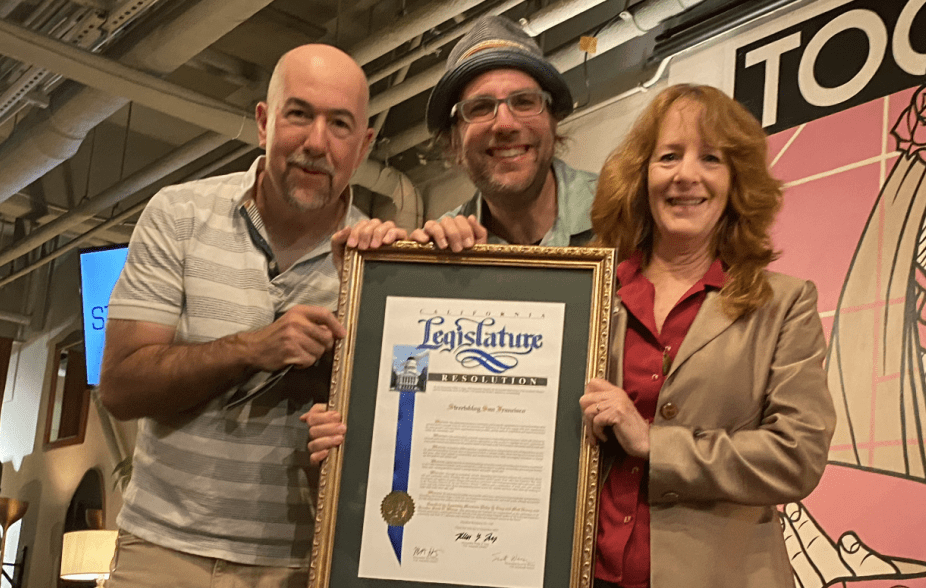Yesterday was the deadline for a number of bills to get through the Senate Transportation Committee, including Senator Scott Wiener’s Complete Streets bill, S.B. 127. It passed, 9-3, with several provisions stripped out but keeping its main emphasis intact: requiring Caltrans to consider the safety of all users on state-owned roads.
Now it will head for the appropriations committee, which is supposed to study its financial impacts, before it faces a vote on the floor of the Senate.
S.B. 127 aims to strengthen existing Caltrans policies calling for “the incorporation of ‘Complete Streets’ elements” in all its road maintenance projects–that is, sidewalks, crosswalks, and safe places for people to ride bikes.
The amendments accepted by the author include: dropping an attempt to reorder priorities in the State Highway Operation and Protection Program (SHOPP); deleting a provision clarifying that “new lane miles” prohibited under SHOPP rules include “auxiliary lanes,” HOV lanes, and on and off-ramps, which are commonly used to expand capacity; deleting a requirement that Caltrans drop traffic “level of service” from its performance measures; and deleting an across-the-board requirement that bike lanes must be included by default when Caltrans does maintenance projects. Instead, the amended bill will call for Caltrans to seek input from local jurisdictions and residents on what kinds of facilities they need when they are working on local roads.
Senator Wiener had asked Caltrans–over a year ago, when he was working on a previous version of this bill–to tell him how much of the state highway system would be affected by this bill. A half-informed guess is that it would apply to about fifteen to twenty percent of the state highway system–that is, to those portions of state highways that are not “controlled access” freeways, including local streets in urban areas and main streets in many towns throughout the state. But Senator Wiener told the committee he never got an estimate of those lane miles from Caltrans, and therefore has requested an official audit to pin the answer down.
The amendments don’t destroy the basic premise of the bill, although they do weaken what would have been a very strong one. For example, the bill sought to reorder priorities in the SHOPP, putting “accessibility improvements for all users of the transportation system that improve the efficiency of moving people within existing roadways, reduce vehicle miles traveled, and promote public health” at the top, above the current top priority, the “operation, maintenance, and rehabilitation of the state highway system.” It also would have put “transportation capital improvements that expand capacity” at the bottom of the list.
The committee analysis of the bill seemed shocked that highway capacity expansion should rate so low, and that in the bill language, “congestion relief has no priority at all.” It said the idea of reducing vehicle miles traveled was “a new priority”–as if state agencies have not been struggling to get the message across that Californians need to cut down the amount of driving they do. The original wording of S.B. 127 could have aligned it with other efforts to bring transportation funding priorities in line with climate and air quality and health priorities. Instead, Senator Wiener will amend this section to leave current priorities intact–so that highway expansion is number three, above environmental concerns–and amend the safety priorities to make explicit the need to protect highway users who are not in cars.
There was also the section about not using SHOPP money for adding capacity, which also got cut. SHOPP is supposed to be used to keep roads in a state of good repair, and make safety improvements as needed–not to add highway capacity. But Caltrans and other planning entities get around this by calling new capacity “auxiliary lanes,” which could be carpool lanes, or truck bypass lanes, or new onramps, all of which add capacity.
Colin Fiske, who works with an advocacy and education group in Humboldt County, Responsible Transportation Priorities, gives an example in Eureka. Along Highway 101, he said, Caltrans is adding some bike and pedestrian amenities, “but at the same time they are adding lanes for traffic on 101 into Eureka. We don’t think that’s a good idea for pedestrian safety.” His group has argued that this is an improper use of SHOPP funds, but Caltrans has told them that they see it “as a safety improvement–so they don’t define it as ‘adding a lane.’ ”
“They do that with acceleration lanes,” said Fiske, “but in this case it’s a through-lane, although because it’s for ‘operational improvement,’ they claim it’s not prohibited.”
S.B. 127 would have clarified that “auxiliary lanes” count as adding capacity, but that was removed.
The committee analysis also claimed that removing “vehicle level of service” (LOS) from the list of priorities in the state asset management plan, which S.B. 127 would have done, was uncalled for. “Cars Don’t Count?” it asked, incredulously. “It isn’t clear why measures of the performance of the state transportation system should exclude the time drivers are stuck in traffic,” it says.
But, as Fiske points out, “level of service” has been removed from the California Environmental Quality Act as a measure of environmental impact–except, for a while anyway–as it applies to transportation projects. “The state has removed it from CEQA, and they’ve documented why it’s a bad tool, so there’s no reason to use it in transportation asset management,” said Fiske.
Senator Wiener agreed to remove the prohibition on using LOS. However, the bill still requires the state to adopt other new performance measures, such as the condition of bicycle and pedestrian facilities.
S.B. 127 also originally required Caltrans to include “well-lit bicycle and pedestrian facilities physically separated from motor vehicles” on the portions of state highways covered by it. The bill analysis pointed out that “this would be very expensive and could result in the loss of lanes and/or parking…. [The] mandate [to hold public hearings] seems costly and overly-prescriptive, and it does not consider the desires of the local government, who may not wish to have a separate bicycle lane.”
Perhaps. But as Senator Wiener pointed out, “The state is spending billions of dollars every year to fix the state highway system.” S.B. 127 aims to make sure “we are deploying those resources effectively and efficiently” by considering everyone who uses the roads, not just people in cars.
“It is not the intent of the bill to deprioritize certain areas,” said Wiener in response to a concern raised by Senator Tom Umberg, (D-Santa Ana). “Safety is the number one priority–for all users. There are different needs in different communities, and we want to make sure Caltrans is actually working with local communities on their priorities,” he said. “We are not looking to take anything away.”
“There are numerous state highway segments that are city surface streets,” said Wiener. They include streets like Santa Monica Blvd in Los Angeles, Van Ness Blvd. in San Francisco, Highway 1 through many coastal cities. “People are walking and biking and crossing and waiting for buses on those streets,” he said. “Caltrans has treated them as regular old state highways. Some don’t have sidewalks or crosswalks or a place to wait for the bus. S.B. 127 will require Caltrans to work with local communities on street safety for all users, not solely for cars.”
Ultimately, the bill passed, as did a couple of other interesting ones we will post about later.
Follow Streetsblog California on Twitter @StreetsblogCal
